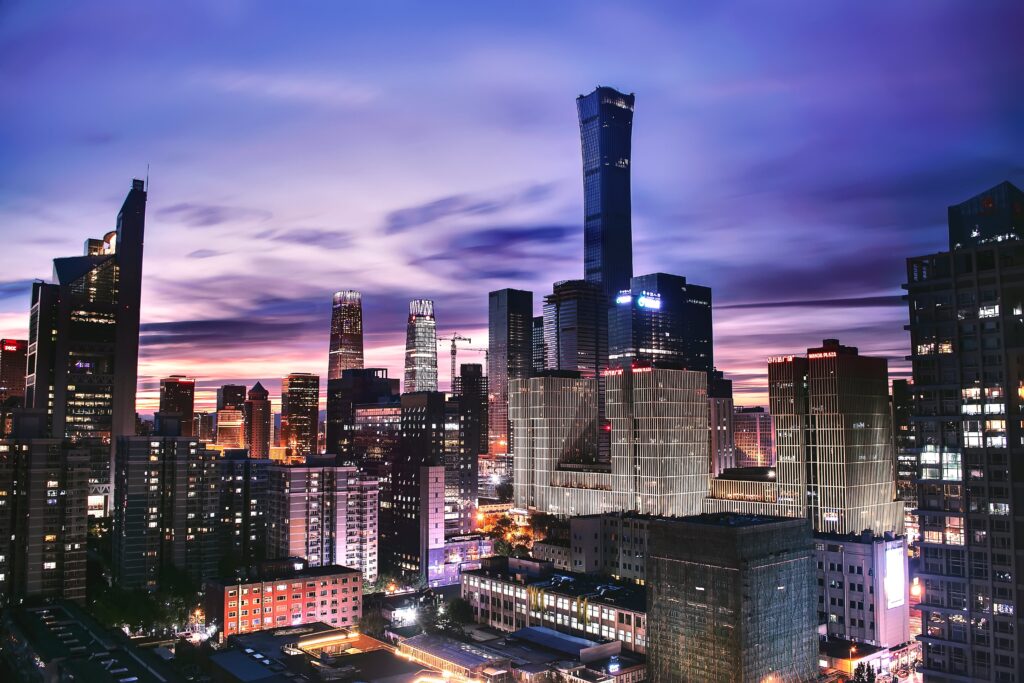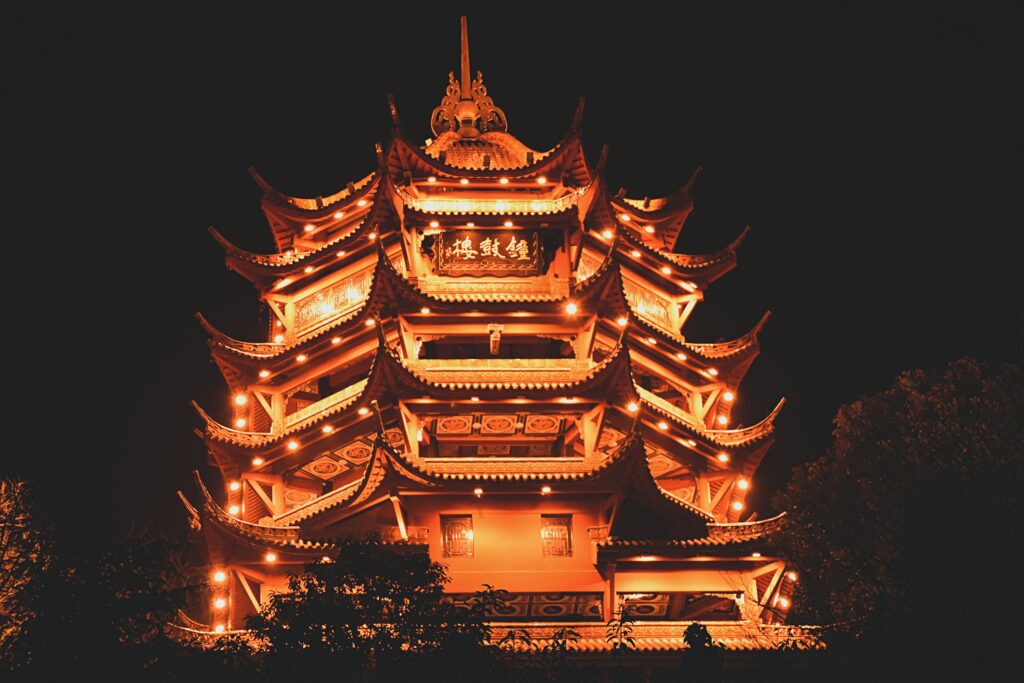China, a vast and multifaceted nation, is a captivating blend of ancient traditions and modern wonders. Spanning diverse landscapes, from the towering peaks of the Himalayas to the expansive Gobi Desert, China offers a journey through time and geography. The iconic Great Wall, a testament to ancient engineering brilliance, winds its way through the northern landscapes, while the Forbidden City in Beijing preserves the imperial splendor of China’s dynastic past. Shanghai, a symbol of contemporary China, dazzles with its futuristic skyline and bustling urban energy.
China’s rich cultural tapestry is woven with a myriad of traditions, including intricate calligraphy, traditional tea ceremonies, and age-old martial arts. The terracotta army in Xi’an stands as a silent army guarding the mausoleum of Emperor Qin Shi Huang, showcasing the depth of China’s historical heritage.
The country’s natural wonders are equally enchanting, from the serene landscapes of West Lake in Hangzhou to the picturesque karst mountains in Guilin. The Yangtze River, the third-longest in the world, meanders through dramatic gorges and fertile plains, offering a cruise through China’s heartland.
China’s global influence extends beyond its borders, with a dynamic economy, technological innovation, and a rich cultural export that includes traditional arts, literature, and cuisine. From the spicy flavors of Sichuan cuisine to the delicate dim sum of Cantonese fare, Chinese culinary traditions reflect the country’s regional diversity.
As a nation with a profound past and a forward-looking vision, China invites exploration and discovery, promising a journey that unfolds across landscapes, centuries, and the boundless spirit of a nation embracing its place on the world stage.
Delving deeper into the tapestry of China, one encounters a land of contrasts and complexities. The ancient Silk Road, an extensive network of trade routes, reflects China’s historical role as a hub of cultural exchange. Cities like Dunhuang, Xi’an, and Kashgar bear witness to this historical legacy, with vibrant markets, ancient mosques, and well-preserved relics.
China’s commitment to innovation is evident in its modern cities, particularly Shenzhen, a bustling metropolis known as the “Silicon Valley of Asia.” The rapid development of high-speed rail networks and futuristic urban landscapes, exemplified by the Pearl River Tower in Guangzhou and the Shanghai Tower, showcases China’s prowess in contemporary architecture and engineering.





China is divided into 23 provinces, 5 autonomous regions, and 4 direct-controlled municipalities.
The official language is Standard Mandarin, commonly known as Putonghua.
China boasts numerous attractions, including the Great Wall, the Forbidden City, the Terracotta Army, Zhangjiajie National Forest Park, the Yangtze River, and the Potala Palace in Tibet.
Yes, most visitors to China require a visa. The type of visa depends on the purpose and duration of the visit.
China has a well-developed transportation system. High-speed trains, domestic flights, buses, and metros are commonly used for transportation within cities and between regions.
